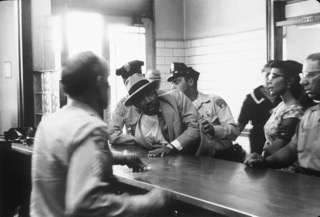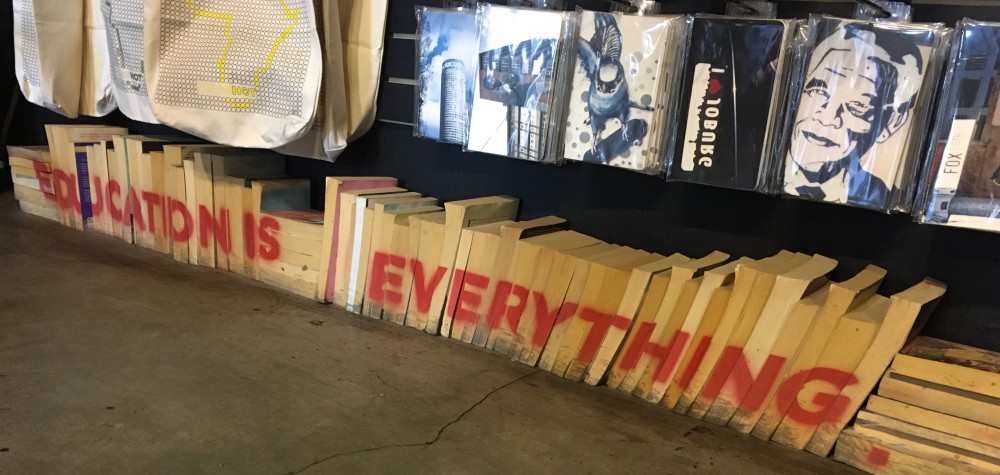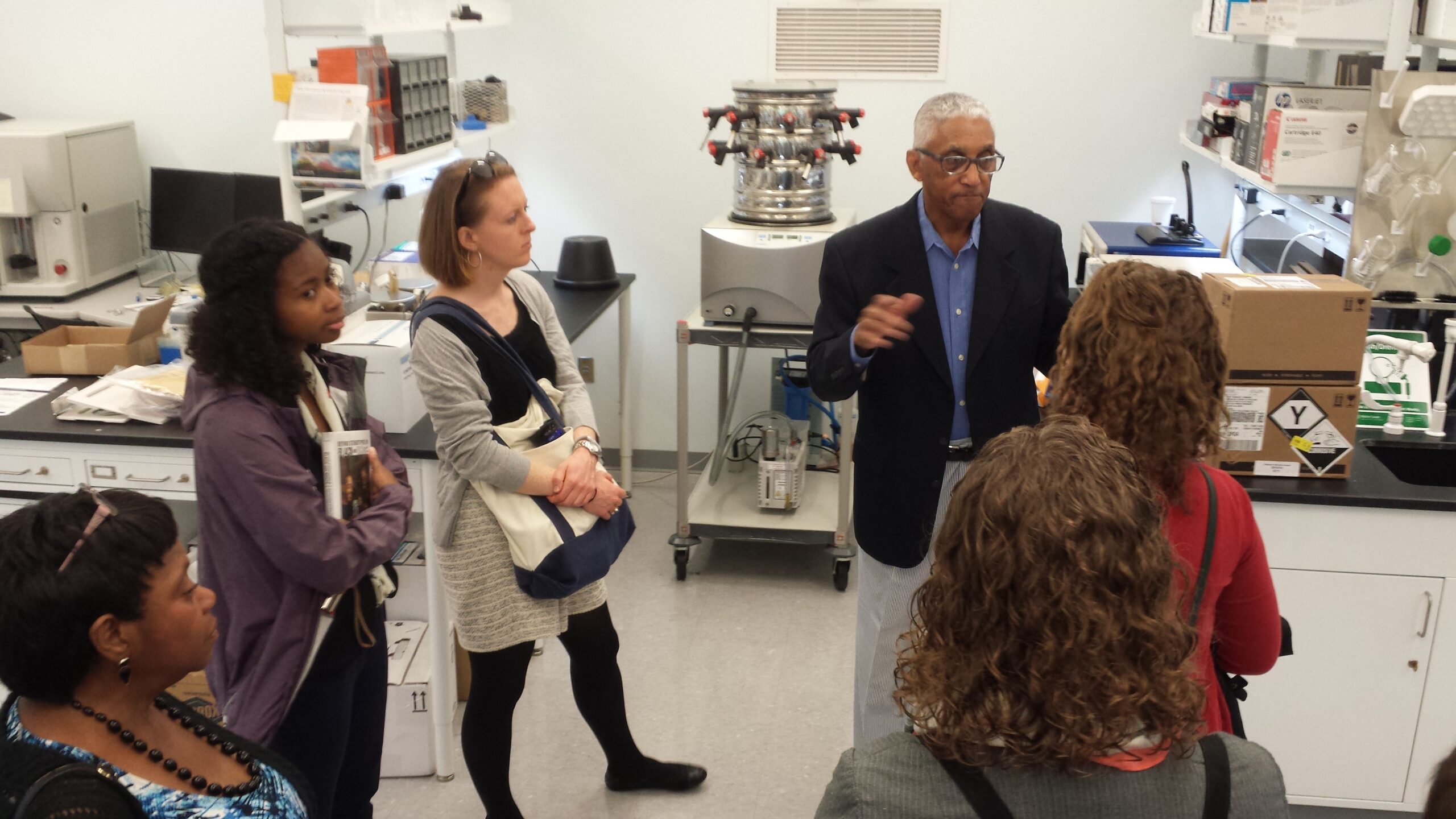We spend several days in Atlanta in the good care of our friends at Morehouse and Spelman.
Dr. Henrie Treadwell arranged a panel discussion with her colleagues at the Morehouse School of Medicine.
Morehouse Medical School: Community Voices
Morehouse School of Medicine (MSM) was our first campus visit in Atlanta Georgia. By that time, we were more accustomed to southern hospitality, but I was still blown away by this institutions welcome. After a great tour of the campus that included health research facilities and a library with recently updated group study technology, we returned to a panel discussion. Sitting on the panel was Starla Hairston Blanks, Director of Community Voices, Dr. Nerimiah L. Emmet, an Assistant Professor in the Department of Physiology, Dr. Natalie Hernandez, Assistant Professor in the Department of Community Health and Preventative Medicine, and Marla D. Thompson, Manager of Employee Relations in the Department of Human Resources. Blanks started us off with a video that I thought was going to give us a broad view of MSM. However, it turned out to be a pre-recorded, personal welcome of top-notch production quality from Dr. Henrie M. Treadwell who was unable to attend in person. She welcomed us, University of Michigan students, praised Dr. Betty Overton (an old friend), and introduced us to the work of Community Voices.
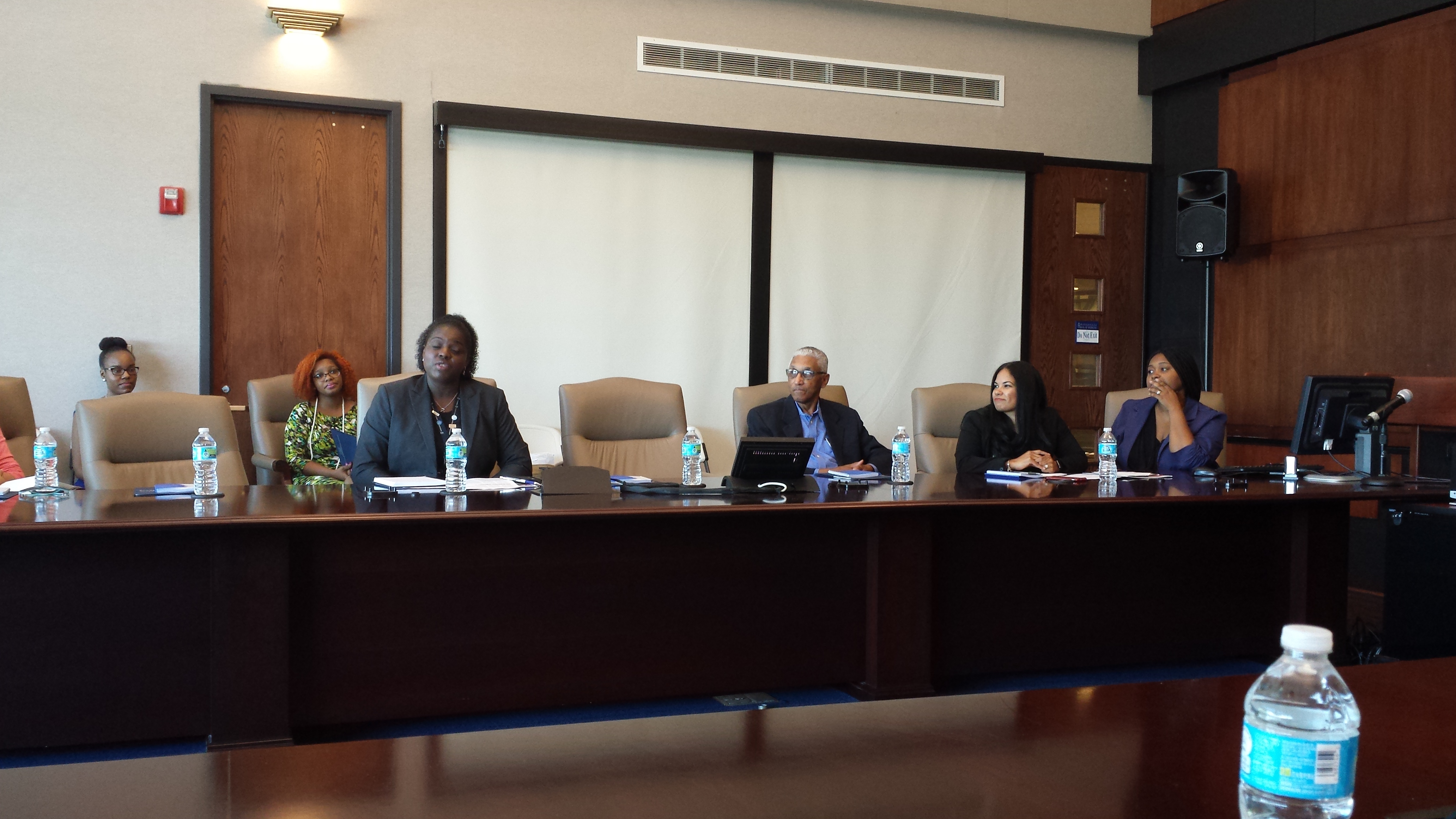
MSM is a prime example of the diversity of institutions that exist within the HBCU umbrella. I now regret not asking the representatives present where they got the resources to produce the welcome video so quickly. But the welcome video was only one indication that MSM might be in a different position than Fisk University, or even an Alabama State University in terms of organization and resources. When you think of an HBCU, a medical school is not the first thing to come to mind. The MSM campus is different than Morehouse College— the original HBCU college campus from which it had to separate to ensure the sustainability of both campuses. MSM offers only graduate and professional degrees, is a selective institution (accepting only 1.6% of applicants in 2013, and is private.
However, MSM’s distinctions do not exonerate the institution from the issues relevant to other types of HBCUs. MSM has a much smaller endowment than other medical schools, is very dependent on tuition revenue, and cannot offer as much financial aid as the average medical school. Despite these challenges, MSM continues to provide a quality educational experience for its students, making MSM another example of how HBCUs are able to do more with less.
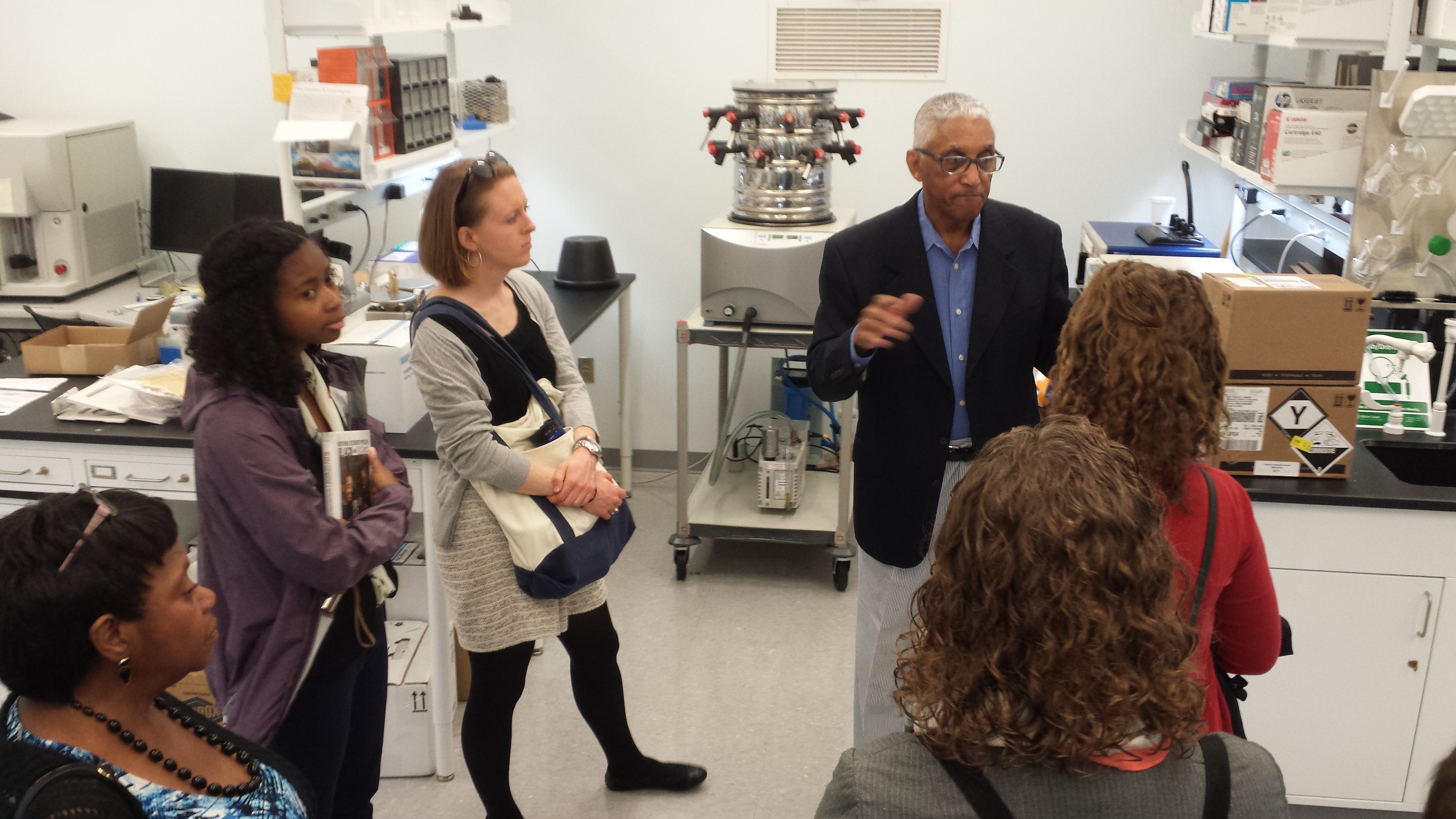
In 2010, a study ranked MSM number one in social mission. The panel participants made it clear why this is the case. Director Blanks and Dr. Hernandez spoke about the close connection of the medical school to the urban community in Atlanta and rural communities throughout Georgia. Community Voices focuses on preventative care for these communities, hoping to improve health equity by understanding the social determinants of health. Dr. Hernandez engages in participatory action research with community members to produce answers to questions in a more equitable and inclusive fashion, earning the trust of the community along the way and forming lasting relationships with their community partners. The students that are accepted into the program are admitted because their goals align with MSMs mission to improve health in urban and rural communities with a particular emphasis on people of color and underserved communities in Georgia. Many alumni choose to go into primary care in these communities. This is work that is undervalued in the world of medicine. When I asked whether this disadvantages their students, the panelists made it clear that primary care physicians perform the most valuable work, and pointed out two MSM alumni who were primary care physicians that went on to become surgeon general for the United States.
Another relationship that is important is the relationship between and among the faculty and their students. Similar to other HBCUs we visited, mentorship is a top priority at MSM. Panelists described the environment as nurturing and secure. New faculty are expected to be nurturers for their students and can count on the mentorship and guidance of other faculty who want to see them succeed. Despite being an institution that does not offer tenure (they work on 5-year contracts), many faculty stay at the institution over 10 years. This gave me the sense that faculty had a positive working climate at MSM.
MSM has a lot to teach other institutions of higher education. MSM manages to maintain excellent learning conditions for its students and faculty despite fewer resources. The fact that MSM continues to produce excellent doctors of color is a testament to the institutional commitment to teaching and mentorship. MSM has also maintained a sustainable research and partnership presence in urban and rural communities of Georgia through programs like Community Voices. Professors like Dr. Hernandez and Dr. Emmet have chosen an arduous research perspective where it is likely they invest more time building relationships than gathering data. However they have managed to break down barriers between institutions and communities that ultimately will lead to better answers to the health questions that are critical to underserved populations in these communities.
–Esmeralda A. Hernandez-Hamed, doctoral candidate
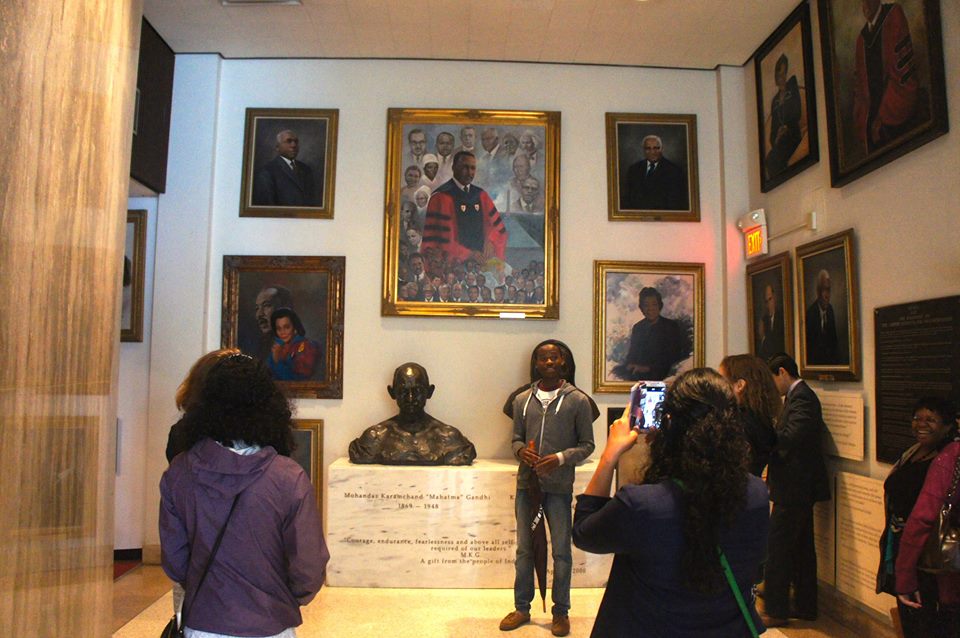
We tour the campuses of Spelman and Morehouse, and enjoy a special greeting from CSHPE alumna Tiffany (Pryor) Nelson (MA ’03) who now serves as Spelman’s director of admissions.
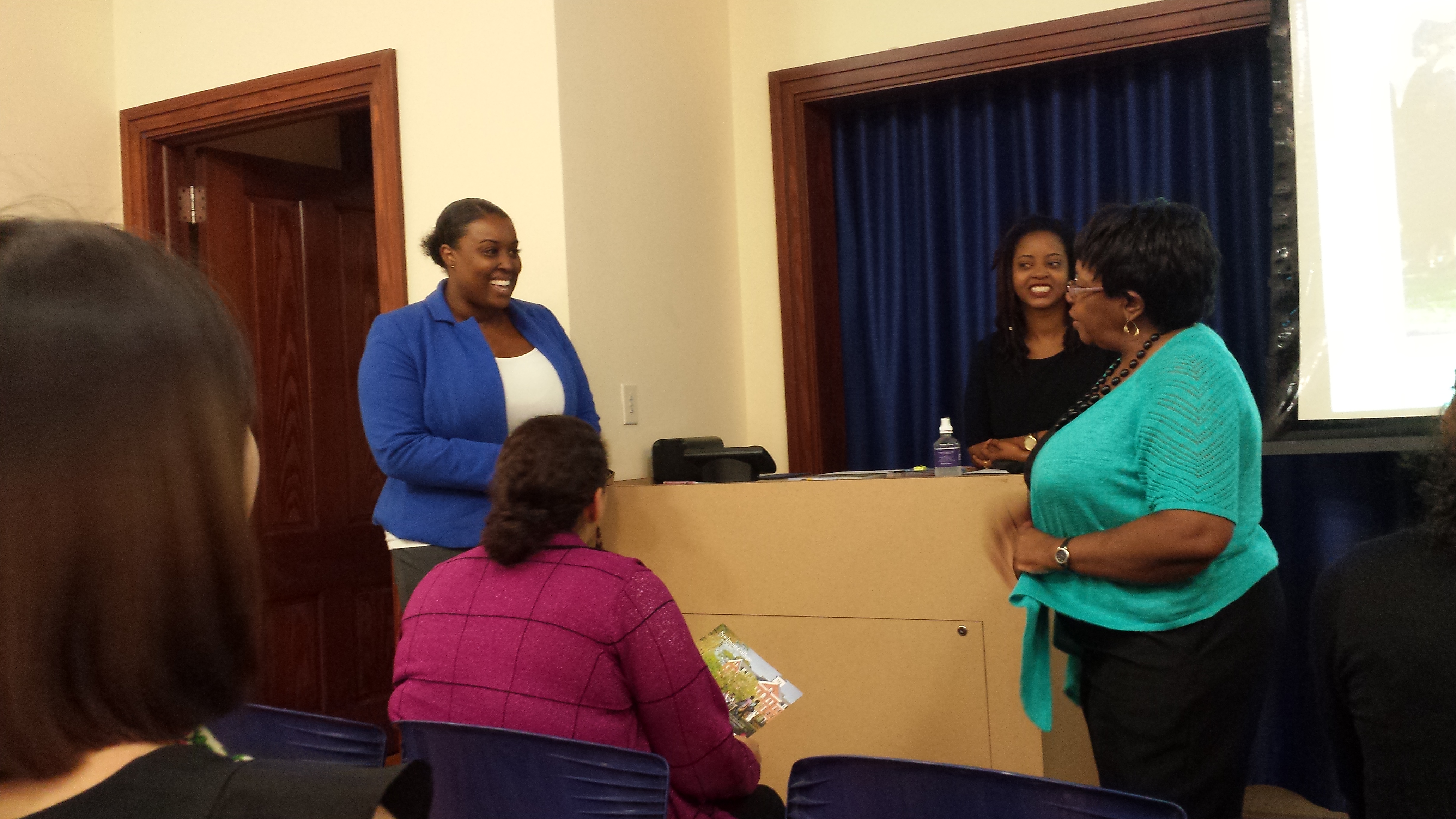
We also hear from a panel of colleagues from both Spelman and Morehouse about the undergraduate experience.
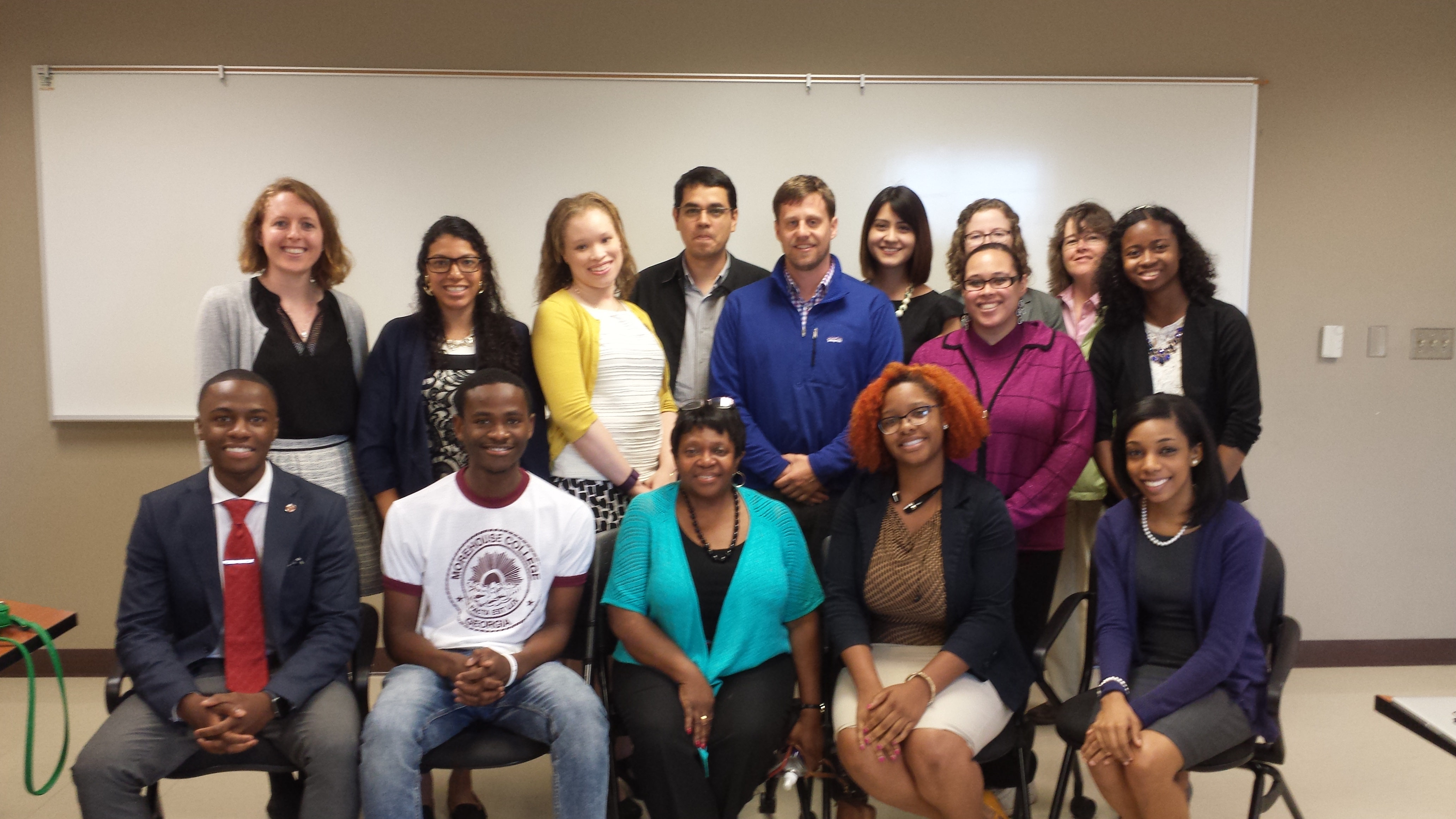
A trip to East Lake provides the group with an overview of the Promise Neighborhood program, supported by the East Lake Foundation.

East Lake Foundation Visit
Despite some navigating issues driving to Charles R. Drew Charter School, we are all astonished by our initial glimpse of Atlanta’s first charter school. The building is massive and fashioned in modern materials. Taking it in, I can’t help but draw parallels between it and the last high school we visited. In many respects, Drew is this century’s Central High School. Its large imposing structure and finely manicured lawn far surpasses what other public schools in the area can afford their students. It is, no doubt, meant to make a statement — we are great, join us. And with that, I remember the words of our tour guide at Central when she stated that Atlanta clearly beat Little Rock on the claim of being the South’s capitol. Yes. Looking at Drew, I can’t deny Atlanta won, but at what cost?
Our meeting here is short, yet informative. A staff member wearing a green polo greets us at the door, a First Tee logo barely visible as she rushes us inside the stately structure. Inside, we sidestep students in school uniforms and athletic gear and pass a well-stocked music room to meet with the Chief Operating Officer for the East Lake Foundation, Rhonda Fischer. As COO, Rhonda runs the foundation’s operations, finances, programs, and partnerships. She recounts how the foundation (and community it serves) is the brainchild of Tom Cousins, a local real estate developer and philanthropist, who is committed to revitalizing the neighborhood that houses legendary golfer Bobby Jones’ home course. Cousins used his own finances and connections with others like Warren Buffet to remake what was once East Lake Meadows, a 650-unit housing project with a crime rate 18 times higher than the national crime rate, an employment rate average of 13.5 percent, and where only five percent of 5th graders met state math standards.
Today, the Villages at East Lake boasts a crime rate reduced by 95 percent, 100 percent employment among community members, and a 98 percent pass rate on math state exams for students in grades 3-8. Cousins three-prong, holistic approach to revitalization — provide 1) high quality, mixed-income housing, 2) a cradle-to-college education pipeline, and 3) strong community wellness programs, all guided by a community nonprofit leadership group — has now been recreated 13 times in 11 different states by the group Purpose Built Communities.
The success of East Lake, much like the stateliness of Drew, is undeniable. However, Rhonda also shares how less than a quarter of the original residents currently reside in the neighborhood. What happened to the others? She tells us that housing is in such high demand the gap between the low and market price units grows daily. What happens to those in the middle? She confesses that spots in their early childhood program are limited and currently only held by children from high-income households. What will happen to their low-income peers? Revitalization efforts like those at East Lake are vital when we consider the benefits they bring to their communities. Similarly, I think some of the HBCUs we traveled to could do with their own kind of revitalization. Yet, as necessary as these changes may seem, it is equally important for us to remember who is ultimately served by such efforts and what is essential to these spaces.
–Christian A. Martell, doctoral student
We spend time the following morning visiting the Martin Luther King, Jr. Historic Site.

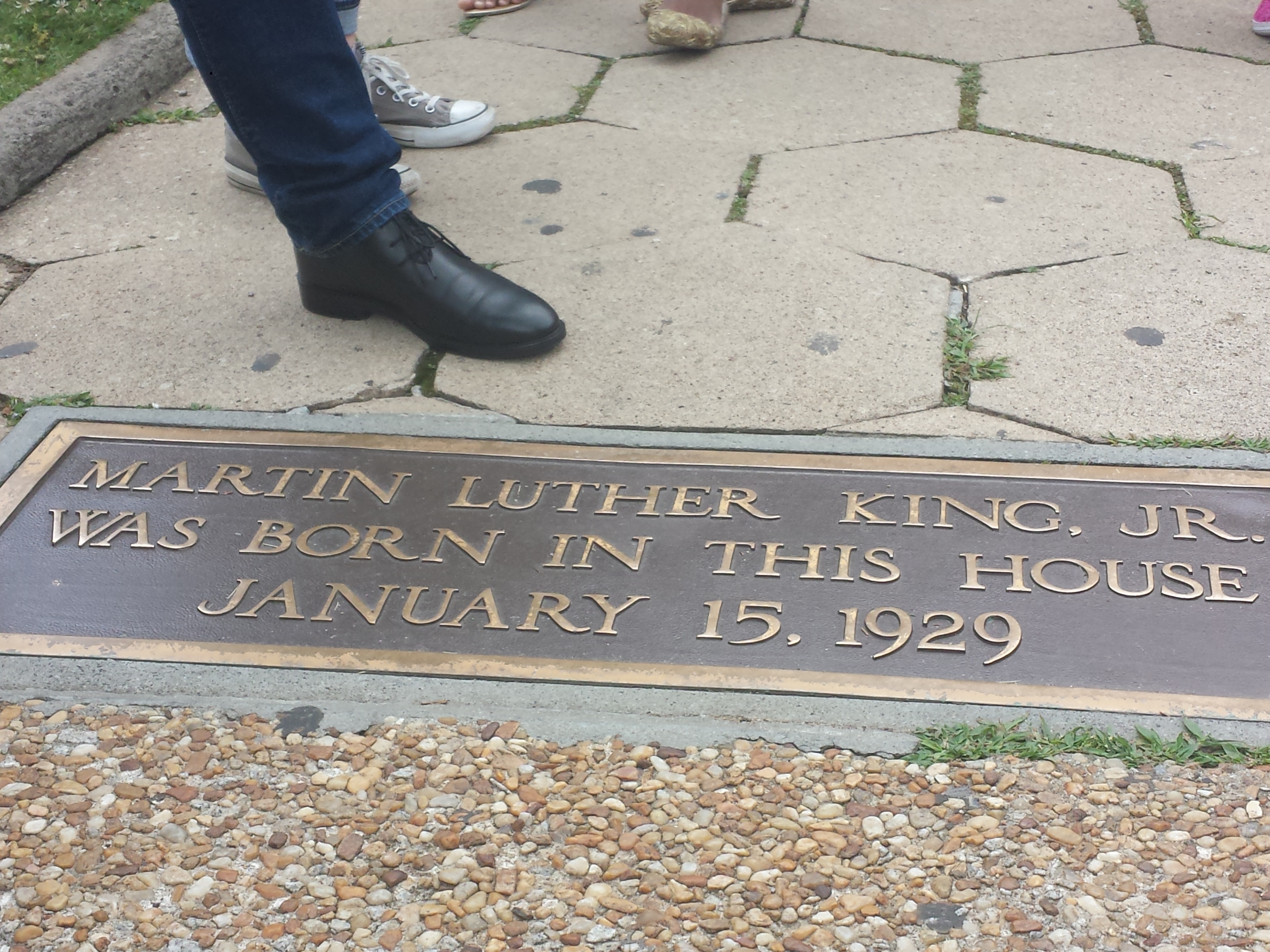
The Dr. Martin Luther King Jr. Historic Site
The Dr. Martin Luther King Jr. Historic Site gives visitors a better sense of King’s early life. There are great videos and artifacts from his childhood, detailing the community and family that incubated his vision and leadership. While there, we walked over to Ebenezer Baptist Church. Sitting in the pews, you can hear tapes of King’s sermons. While there King was preaching on Black dignity and excellence, saying “Black is Beautiful.” King’s legacy is so focused on the integration message that we forget he believed in the greatness of Black people and ministered to all Black communities. We also saw Dr. King’s family home, where he was born. The home and the church, mere blocks from each other. It was powerful to see the institutions that formed Dr. King.

The Dr. Martin Luther King Jr. Historic site was the only location on our tour I had previously visited. As a senior in high school, I went with four of my classmates and three staff members to march in the School of the Americas protest at Fort Benning, GA, to memorialize the dead and terrorized in Latin America by US policy and counter-communist efforts. Driving back to Chicago, we stopped in Atlanta to visit Dr. King’s grave and historic site. Back then, there was only one tomb on that still water. I felt then, we had tapped into a piece of the long tradition of non-violent civil disobedience during our trip. I used that inspiration and continued to engage in civil disobedience, attending and organizing demonstrations, rallies, and teach-ins against the Iraq War, labor rights, and securing a living wage on my college campus. Returning to the Dr. Martin Luther King Jr. Historic site, I felt more distant from that legacy than I did in 2001. My days now are filled with meetings, reading alone, and talking with people who agree with me. There’s a kind of moratorium required in graduate school, but I’m wondering if being too long separated from direct action for social justice, deadens the spark? How can we prepare ourselves within graduate programs for the work ahead? What of our courses, professional development, and community building actually forges leaders for social justice like Ebenezer Baptist Church and the Auburn community did for King? As one of our last stops, the Dr. Martin Luther King Jr. Historic Site left me with questions and a desire to get back to where I started.
–Kamaria Porter, doctoral student
